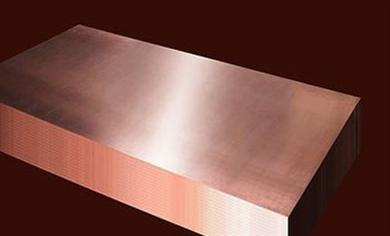**Bridging the Gap: Connecting 3-Inch Copper Pipes to 4-Inch PVC Like a Pro**
(How To Join 3 Inch Copper Pipe To 4 Inch Pvc Pipe)
So you’ve got a copper pipe and a PVC pipe that need to meet. Maybe it’s for a plumbing project, a DIY upgrade, or fixing something the previous homeowner left behind. Whatever the reason, joining these two materials can feel like mixing oil and water. Copper is rigid, classic, and heat-friendly. PVC is lightweight, corrosion-resistant, and budget-friendly. Getting them to work together takes some know-how, but don’t worry—it’s simpler than it looks.
First, gather your tools. You’ll need a transition coupling designed for connecting different pipe materials. Look for a “copper-to-PVC” adapter with rubber seals and stainless steel clamps. These couplings are built to handle the mismatch in size and material. Grab a hacksaw or pipe cutter, sandpaper, PVC primer, PVC cement, a measuring tape, and a wrench. Safety gear like gloves and goggles? Non-negotiable.
Start by cutting the pipes. Measure the sections of copper and PVC that need joining. Use the hacksaw or pipe cutter to make clean, straight cuts. Rough edges are bad news. They create leaks or weaken the connection. After cutting, smooth the copper pipe’s end with sandpaper. Remove burrs or oxidation. For the PVC, lightly sand the outer surface near the cut. This helps the primer and cement bond better.
Next, prep the PVC pipe. Wipe both the pipe and the inside of the coupling with a clean cloth. Dust or grease can ruin the seal. Apply PVC primer to the outside of the PVC pipe and the inside of the coupling’s PVC end. The primer cleans and softens the plastic, ensuring a strong bond. Let it dry for a few seconds—no rushing. Then, coat the same areas with PVC cement. Work fast. This stuff dries quick. Push the PVC pipe into the coupling until it bottoms out. Twist slightly to spread the cement evenly. Hold it steady for 15 seconds.
Now tackle the copper side. Slide the coupling’s metal end over the copper pipe. The rubber gasket inside should sit snugly against the pipe. Tighten the stainless steel clamps with a wrench. Don’t overdo it. Too much force can crush the copper or distort the seal. Check that the connection is straight and aligned. Cross-threading or angles here could mean leaks later.
Test your work. Turn on the water supply or run whatever fluid the pipes will handle. Watch the joint closely. A small drip? Tighten the clamps a bit more. Still leaking? Shut everything off and recheck the steps. Maybe the PVC cement didn’t set properly, or the copper wasn’t sanded smooth.
Remember, patience matters. Rushing through steps might save minutes but cost hours fixing leaks. If you’re unsure, ask a pro for advice. Some projects are worth a second pair of eyes.
Safety stuff: Wear those gloves. PVC primer and cement are harsh on skin. Work in a ventilated area—those fumes are no joke. Double-check local building codes. Some regions have rules about mixing materials in plumbing systems.
(How To Join 3 Inch Copper Pipe To 4 Inch Pvc Pipe)
There you go. No magic, just method. Mixing metals and plastics isn’t everyday stuff, but with the right tools and a steady hand, you’ll bridge that gap like a seasoned plumber.
Inquiry us
if you want to want to know more, please feel free to contact us. (nanotrun@yahoo.com)



